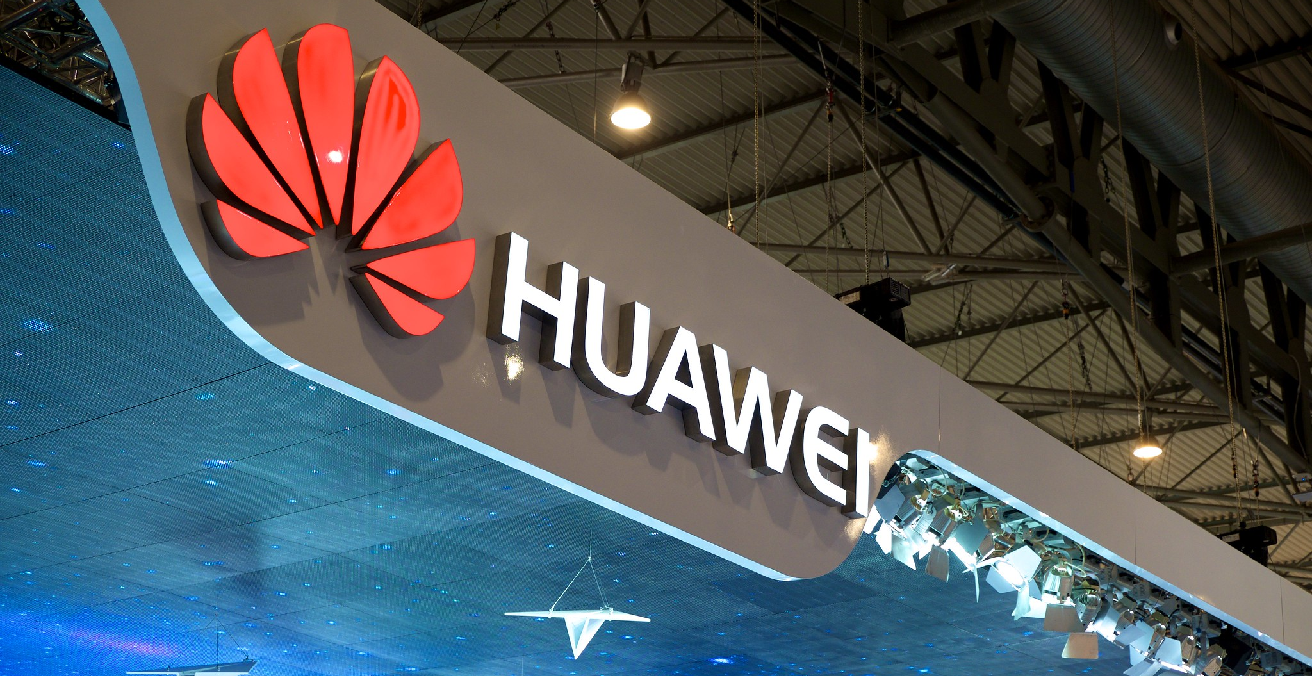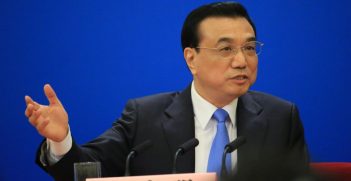Biden’s Huawei Policy: Continuity, With Slight Changes

The Huawei crisis has become a technological flashpoint in the US-China power struggle. The Biden administration’s response to this technological challenge will require walking a tightrope between business and geopolitics.
Beyond assuming center stage in the global tech war, the Huawei crisis has shed light on the broader reasons for the ongoing US-China power battle. The high-voltage anti-Huawei campaign run by Donald Trump throughout his presidency had been a composite outcome of the United States’ geopolitical fear regarding China’s rise, protectionism, and genuine network security concerns. Since these political underpinnings remain unchanged and since President Joe Biden’s team shares almost identical notions on China and Huawei with the Trump administration, possibilities are bleak for a significant shift in US policy toward Huawei. Nonetheless, the hostile position of the US toward Huawei entails substantial business loss to US firms and risks retaliatory measures against US corporations from the Chinese side. Having pledged to protect the interests of US firms, as well as to deal with the Chinese challenge in the technological domain, the Biden administration will have to walk a tightrope to best accommodate these conflicting interests.
Why is the US concerned about Huawei?
The US national security campaign against Huawei involved US accusations that the firm endangered domestic network security, wherein Huawei allegedly facilitated Chinese espionage utilising its networks. For these reasons, the Trump administration banned Huawei, asserting the firm had close links with the Chinese authoritarian regime.
Acknowledgment that the founder and present CEO of Huawei, Ren Zhengfei, previously held the People’s Liberation Army’s (PLA) Information Academy Director post raised suspicions of Huawei’s links with the Chinese authoritarian regime. The suspicion has been further exacerbated by the shortage of clarity regarding Huawei’s ownership. For instance, it is frequently contested how Ren Zhengfei – holding a minor 1.4 percent of shares in the Huawei Technologies’ parent enterprise, Huawei Investment and Holding Limited – exercises veto power.
There have been numerous instances wherein doubt has been cast over Huawei’s independence, as while there is an absence of solid evidence, the firm appears to have deep ties with the Chinese government. In January 2019, the Polish Internal Security Agency (ISA) booked a Huawei employee and a retired ISA officer, alleging both had been involved in spying for the Chinese government. In June 2019, Bloomberg reported that the Huawei workers have colluded with the PLA on a minimum of ten research projects. In December 2020, The Washington Post issued leaked internal reports from Huawei, stating the firm collaborated with the Chinese government to develop facial recognition software facilitating the ethnic prosecution of the Uighur community.
The Chinese authoritarian system reinforces the allegations of Chinese espionage using Huawei, as individuals and organisations are legally bound to assist the government in intelligence gathering. The Counter-Espionage Law, introduced in 2014, mandates citizens and organisations to share data with the Chinese government. The 2017 National Intelligence law, insisting that “any organization or citizen shall support, assist, and cooperate with the state intelligence work in accordance with the law, and shall protect national intelligence work secrets they are aware of” is an addition to this.
It is no secret that the ongoing US-Huawei clash involves protectionist interests and geopolitical fears that China will reverse US hegemony. Although US firms have traditionally dominated the global telecommunication and semiconductor sectors, Huawei supplying quality equipment at a cheaper rate and leading the 5G race poses a direct threat to US firms and American technological predominance. Washington’s consequent realisation that there is no US alternative to the Chinese firm has rung the alarm bells about whether American technological domination is being lost to China. The US telecom giants have also been lobbying Washington to toughen its stance against the Chinese tech giant. Against this background, it becomes imperative for Washington to stand in Huawei’s way to shield US firms and slow down China’s rise.
Challenges for US policy
The latest US semiconductor embargo on Huawei, which bars Huawei’s global suppliers from using US technology, inflicts a colossal business loss to the US firms. During the Trump administration, 116 applications for sanction concessions valued at over $119 billion were denied. 300 applications, worth $296 billion, are pending, and what the Trump administration did permit involved business worth $20 million. Moreover, the US semiconductor embargo, violating the fundamentals of global value chains, entails a risk of exclusion for US firms as it compels the international vendors to develop supply chains independent of US components. Therefore, Huawei’s US suppliers have been pressing both the Trump and Biden administrations to liberalise conferring licenses.
Moreover, since Huawei is vital for China, which has set an ambitious target to dominate the global technology and innovation sector in its fourteenth five-year plan, Beijing will not tolerate the US assault on Huawei. Huawei is an integral part of China’s Digital Silk Road project. Given the significance of the rapidly expanding Chinese market for US firms, Beijing could carry out similar retaliatory steps against flagship US corporations. The new “unreliable entity-list” shows Beijing is moving in that direction. Although China has not yet added US firms to this list, it appears Beijing had been awaiting the results of the 2020 US presidential election, hoping for any significant diversion from Trump’s stance.
What will change under the Biden administration?
Having called Xi Jinping a “thug” and asserting that the US will not immediately alter the 25 percent tariff imposed by the Trump administration on China, Biden has underscored that the overall US-China conflict is most likely to escalate under his tenure. Newly appointed White House press secretary Jem Psaki’s statement in late January that the government has pledged to ensure network security against “untrusted vendors,” which explicitly mentions Huawei, shows that the US posture against Huawei endures unchanged.
Furthermore, Janet Yellen’s statement that the US is “prepared to use the full array of tools” to counter China’s “dumping products, erecting trade barriers and giving illegal subsidies to corporations” points to a tougher stance on Huawei. The US administration and US firms believe that Chinese government support enables Huawei to gain a competitive edge over its rivals. The US Congress Intelligence Committee Report on Huawei issued in October 2012, which criticises Huawei for intellectual property theft and violation of fair trade rules, substantiates this.
However, unlike the Trump presidency, the Biden administration’s Huawei policy is anticipated to be more business-friendly and regulated by international norms. It is improbable that Biden would confront Huawei by wrecking US firms. In consulting with allies on how to deal with Beijing, the Biden administration has displayed a pragmatic approach on China. This also applies to the Huawei issue. However, the question arises of how Biden would convince US allies, many of whom have played down Trump’s aggressive anti-Huawei campaign in the past, to prioritise their economic relationship with Beijing.
Jelvin Jose is pursuing Integrated Masters in Political Science from the Central University of Pondicherry. He is currently a research intern at the National Institute of Advanced Studies (NIAS), India. He has previously published articles in the Columbia University Journal of International Affairs (online), 9DASHLINE, The Geopolitics, and NIICE, Nepal. He could be contacted at jelvinjosepalattypm@gmail.com , linkedin.com/in/jelvin-jose-a716ab194.
This article is published under a Creative Commons Licence and may be republished with attribution.





